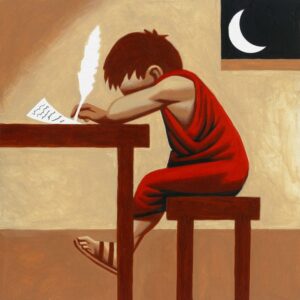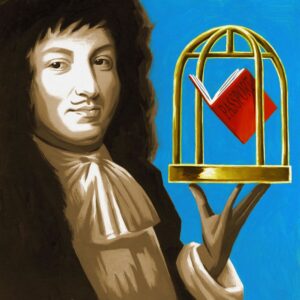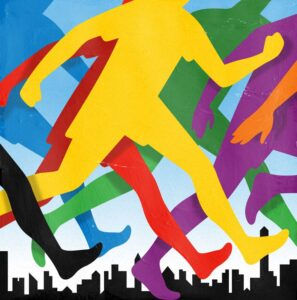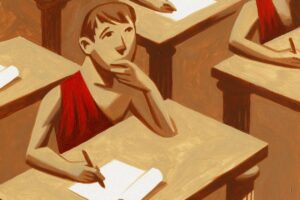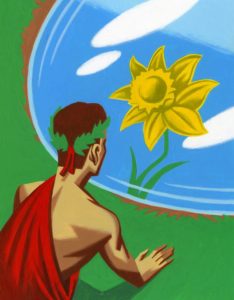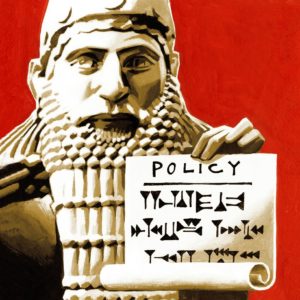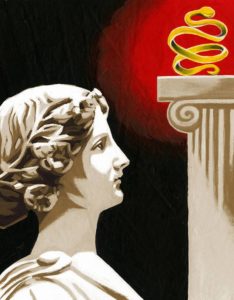From drinking gold to injecting dog hormones, people have searched for eternal youth in some unlikely places.
May 18, 2023
A study explaining why mouse hairs turn gray made global headlines last month. Not because the little critters are in desperate need of a makeover; but knowing the “why” in mice could lead to a cure for graying locks in humans. Everyone, nowadays, seems to be chasing after youth, either to keep it, find it or just remember it.
The Egyptians believed it was possible for a person to achieve eternal life; the catch was that he had to die first. Also, for a soul to be reborn, every spell, ritual and test outlined in the Book of the Dead had to be executed perfectly, or else death was permanent.
Since asking the gods or dying first seemed like inadvisable ways to defy aging, people in the ancient world often turned to lotions and potions that promised to give at least the appearance of eternal youth. Most anti-aging remedies were reasonably harmless. Roman recipes for banishing wrinkles included a wide array of ingredients, from ass’s milk, swan’s fat and bean paste to frankincense and myrrh.
But ancient elixirs of life often contained substances with allegedly magical properties that were highly toxic. China’s first emperor Qin Shi Huang, who lived in the 3rd century B.C., is believed to have died from mercury poisoning after drinking elixirs meant to make him immortal. Perversely, his failure was subsequently regarded as a challenge. During the Tang Dynasty, from 618 to 907, noxious concoctions created by court alchemists to prolong youth killed as many as six emperors.
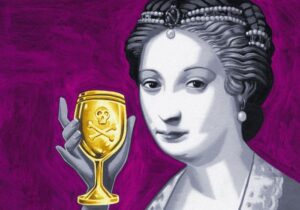
THOMAS FUCHS
Even nonlethal beauty aids could be dangerous. In 16th-century France, Diane de Poitiers, the mistress of King Henri II, was famous for looking the same age as her lover despite being 20 years older. Regular exercise and moderate drinking probably helped, but a study of Diane’s remains published in 2009 found that her hair contained extremely high levels of gold, likely due to daily sips of a youth-potion containing gold chloride, diethyl ether and mercury. The toxic combination would have ravaged her internal organs and made her look ghostly white.
By the 19th century, elixirs, fountains of youth and other magical nonsense had been replaced by quack medicine. In 1889, a French doctor named Charles Brown-Sequard started a fashion for animal gland transplants after he claimed spectacular results from injecting himself with a serum containing canine testicle fluid. This so-called rejuvenation treatment, which promised to restore youthful looks and sexual vigor to men, went through various iterations until it fell out of favor in the 1930s.
Advances in plastic surgery following World War I meant that people could skip tedious rejuvenation therapies and instantly achieve younger looks with a scalpel. Not surprisingly, in a country where ex-CNN anchor Don Lemon could call a 51-year-old woman “past her prime,” women accounted for 85% of the facelifts performed in the U.S. in 2019. For men, there’s nothing about looking old that can’t be fixed by a Lamborghini and a 21-year-old girlfriend. For women, the problem isn’t the mice, it’s the men.






